PIR Infrared Sensor – wireless
*DC 12 V
*NC/NO
A wireless PIR (Passive Infrared) sensor is a motion detector that uses infrared technology to sense movement without needing physical wires. It detects infrared radiation emitted by objects, such as humans or animals, and triggers an alert when a change in the infrared field is detected. These sensors are commonly used in security systems, automatic lighting, and other applications where wireless motion detection is needed.
-
Passive Infrared (PIR):
PIR sensors detect infrared radiation, which is emitted by all objects with a temperature above absolute zero.
-
Pyroelectric Sensor:
PIR sensors utilize a pyroelectric sensor that can detect changes in infrared radiation levels.
-
Motion Detection:
When a person or animal moves within the sensor’s field of view, the infrared radiation emitted by their body causes a change in the infrared levels detected by the sensor.
-
No Active Emission:
PIR sensors do not emit any radiation themselves; they passively detect the infrared radiation emitted by other objects.
-
No Wiring Required:
Wireless PIR sensors communicate with a receiver or other connected device wirelessly, eliminating the need for physical wiring.
-
Easy Installation:
This makes them easy to install in various locations, especially where running wires is inconvenient or impossible.
-
Battery Powered:
Many wireless PIR sensors are battery-powered, further simplifying installation and maintenance.
-
Typical Applications:
Wireless PIR sensors are often used in:
- Home security systems: Triggering alarms or notifications when motion is detected.
- Automatic lighting: Turning lights on when someone enters a room or area.
- Industrial settings: Monitoring for movement in warehouses or other large spaces.
- Smart home automation: Triggering other smart devices based on motion detection.
- Home security systems: Triggering alarms or notifications when motion is detected.


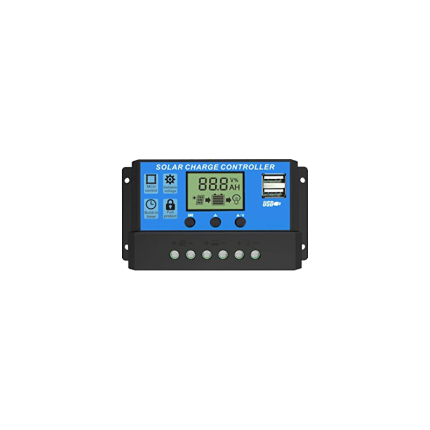
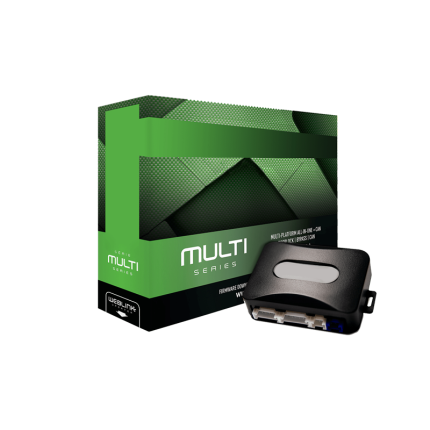

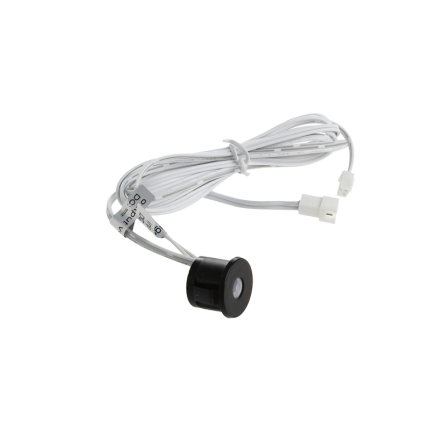
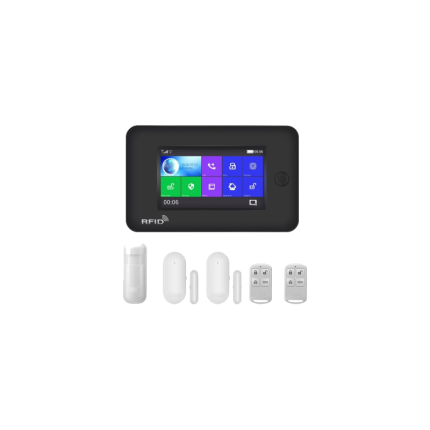
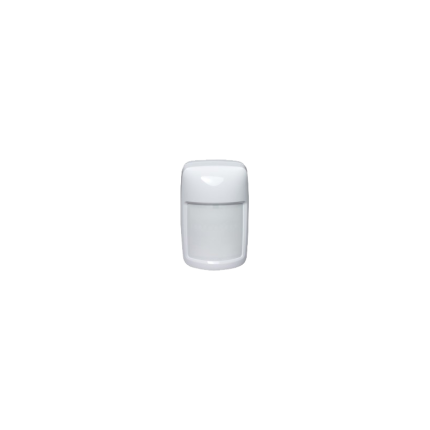
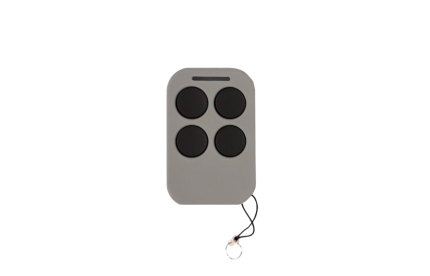
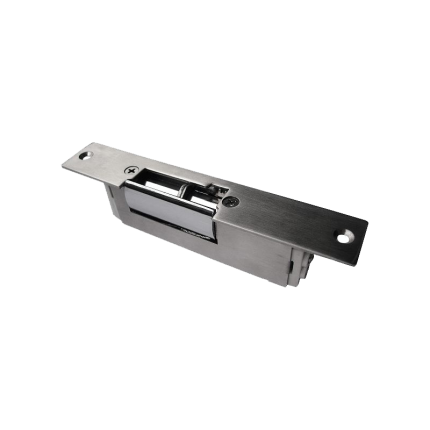
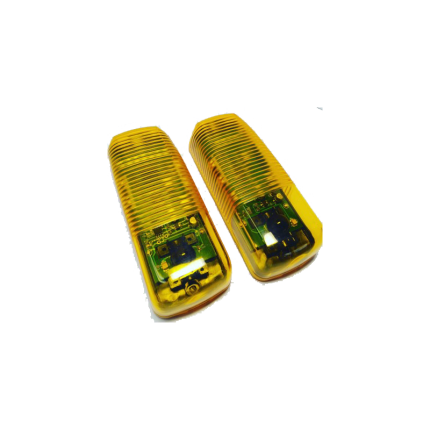

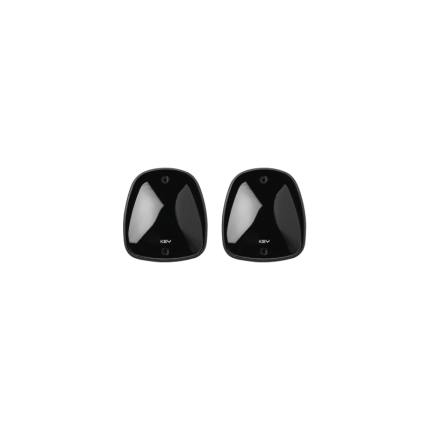
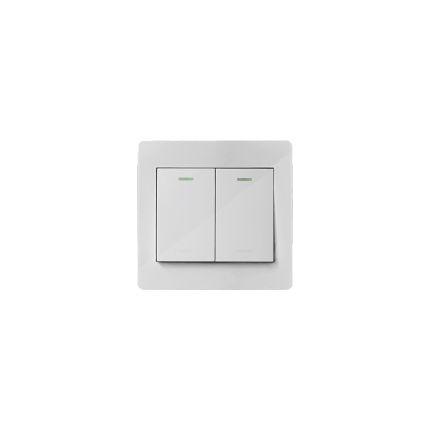
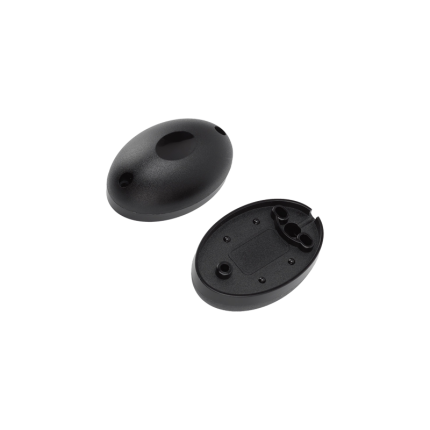
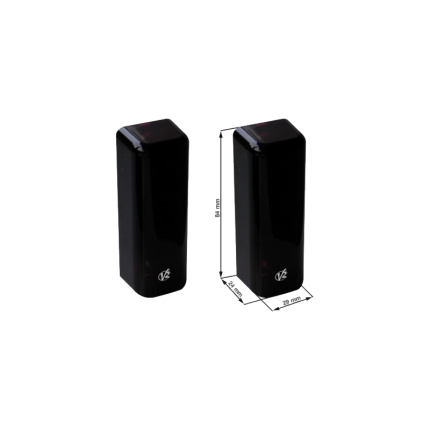









Reviews
There are no reviews yet.